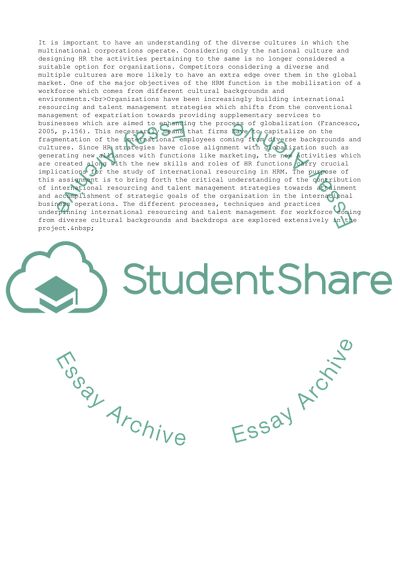Cite this document
(“Contribution of International Resourcing and Talent Management Assignment”, n.d.)
Contribution of International Resourcing and Talent Management Assignment. Retrieved from https://studentshare.org/management/1768311-international-resourcing-and-talent-management
Contribution of International Resourcing and Talent Management Assignment. Retrieved from https://studentshare.org/management/1768311-international-resourcing-and-talent-management
(Contribution of International Resourcing and Talent Management Assignment)
Contribution of International Resourcing and Talent Management Assignment. https://studentshare.org/management/1768311-international-resourcing-and-talent-management.
Contribution of International Resourcing and Talent Management Assignment. https://studentshare.org/management/1768311-international-resourcing-and-talent-management.
“Contribution of International Resourcing and Talent Management Assignment”, n.d. https://studentshare.org/management/1768311-international-resourcing-and-talent-management.


